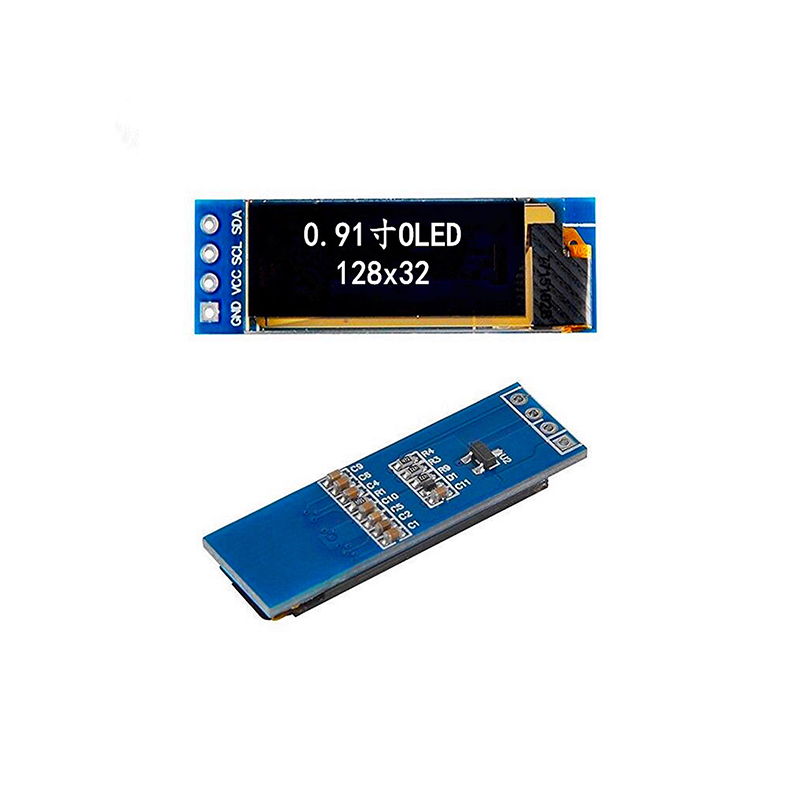
Finding the perfect 0.96 inch OLED display can feel overwhelming with the sheer number of options available. This comprehensive guide will help you navigate the market and select the ideal display for your specific project. We'll examine key features, compare different models, and provide insights to simplify your decision-making process. Whether you're a hobbyist, developer, or working on a larger-scale project, understanding the nuances of 0.96 inch OLED displays is crucial for success. We'll explore everything from resolution and contrast ratios to power consumption and lifespan, ensuring you have the information needed to make an informed choice.
Resolution is a crucial factor when choosing a 0.96 inch OLED display. Higher resolution means sharper images and more detail. Pixel density, measured in pixels per inch (PPI), directly impacts the clarity and sharpness of the display. Look for displays with a high PPI for crisp text and visuals. Common resolutions for 0.96 inch OLED displays include 128x64 and 128x128 pixels. The optimal resolution will depend on your application's requirements.
Brightness is measured in nits (cd/m2), and higher nits mean better visibility in brighter environments. Contrast ratio describes the difference between the brightest white and darkest black, impacting the display's depth and richness. OLED displays are known for their superior contrast ratios compared to LCD displays, resulting in deeper blacks and more vibrant colors. Consider your application's ambient lighting conditions when assessing brightness and contrast needs.
Power consumption is a key concern, especially for battery-powered devices. OLED displays are generally more energy-efficient than LCDs, particularly when displaying dark content. However, the power consumption varies depending on the display's brightness and resolution. Check the manufacturer's specifications for power consumption details to ensure it aligns with your project's energy requirements.
Different 0.96 inch OLED displays offer various interfaces, such as I2C, SPI, or parallel interfaces. Choose an interface that's compatible with your microcontroller or other control systems. Understanding the display's connectivity options is crucial for seamless integration into your project.
The market offers a variety of 0.96 inch OLED displays from different manufacturers. Direct comparison can be challenging, but focusing on the key features discussed above provides a solid foundation for making an informed decision. Consider factors like resolution, brightness, power consumption, and interface compatibility when comparing different models.
| Feature | Display A | Display B |
|---|---|---|
| Resolution | 128x64 | 128x128 |
| Brightness (nits) | 250 | 300 |
| Interface | I2C | SPI |
| Power Consumption (mA) | 20 | 25 |
Note: This is a simplified comparison. Always refer to the manufacturer's specifications for complete details.
Selecting the optimal 0.96 inch OLED display hinges on a thorough understanding of your project's specific requirements. Consider the application's environment, power constraints, and desired visual quality when making your choice. Don't hesitate to consult with display manufacturers like Dalian Eastern Display Co., Ltd. for personalized recommendations and technical assistance. They offer a wide range of high-quality displays, ensuring you find the perfect fit for your needs.
Remember to always consult the manufacturer's datasheets for accurate specifications and details. This guide provides a general overview, and specific features can vary across models.












